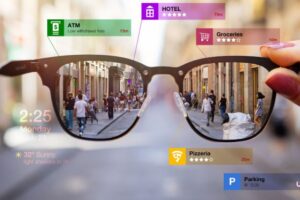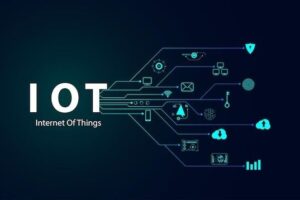
Educational Programs That Shape the Future, Not Predict It
Education is one of the most important tools shaping the future of societies. However, today’s education systems often bear the traces of the past. In a rapidly changing world, instead of trying to predict the future, we should focus on an educational model that shapes it. Redesigning education systems to meet future needs not only imparts knowledge to students but also transforms them into tomorrow’s leaders and innovators.
Why Is Predicting the Future Difficult?
Today, the world is undergoing rapid technological, economic, and social transformation. Revolutions in fields such as artificial intelligence, robotics, and biotechnology make it extremely difficult to predict how the future will shape. In such a rapidly changing environment, how does teaching students with old methods benefit them? Predicting the future is no longer a goal; it has become more of an uncertainty.
Instead, we should focus on educational programs that shape the future. We should adopt an educational approach that not only teaches students current knowledge but also teaches them how to adapt to change, generate innovative solutions, and solve societal problems.
Education That Shapes the Future
Education that shapes the future not only enables students to acquire knowledge but also equips them with the skills necessary to prepare them for the future. Such educational programs allow students to develop 21st-century skills such as critical thinking, creativity, problem-solving, and collaboration.
Today, it is far more important to not only learn knowledge but also to apply that knowledge to generate creative solutions. In future education systems, students must be equipped with the ability to solve global problems. This will be possible through applied learning and experience-oriented approaches, not just theoretical ones.
The Role of Technology
Technology is one of the fundamental building blocks of educational programs that shape the future. Educational technologies not only provide students with theoretical knowledge but also provide more interactive and hands-on learning opportunities. Tools such as virtual reality (VR), augmented reality (AR), and artificial intelligence can make students’ learning processes more effective and engaging.
For example, a student can observe a historical event through virtual reality or examine the structure of a cell in a three-dimensional biology class. Such technologies increase students’ interest in learning and help them understand information in depth.
The Role of Teachers
In education, which shapes the future, teachers are more than just imparters of knowledge. They guide students to think creatively, develop projects, and develop solutions to social problems. Teachers who place the student at the center of education should not only be lecturers but also mentors, helping students discover their potential.
In this new understanding of education, teachers not only impart knowledge, they also contribute to students’ personal development and develop them into leaders who prepare them for the future.



